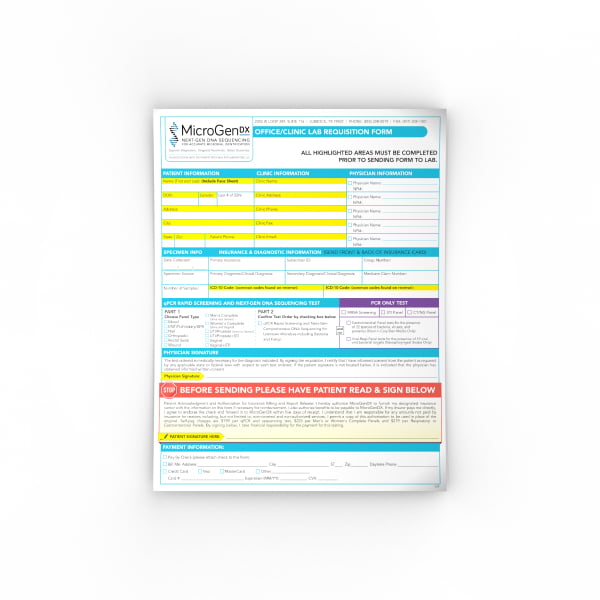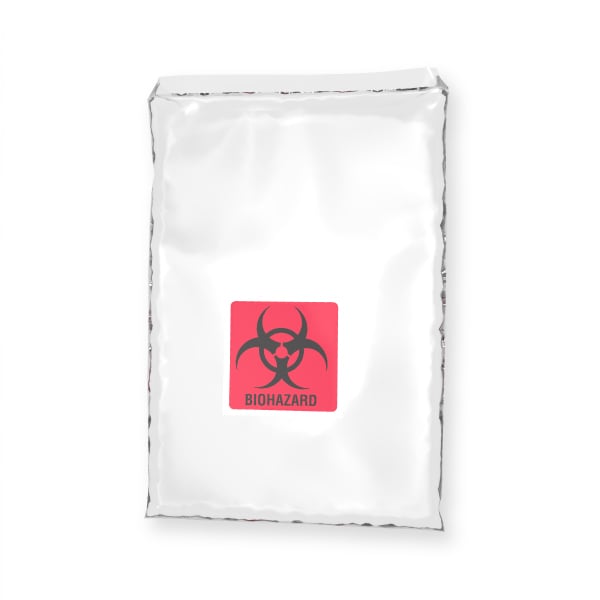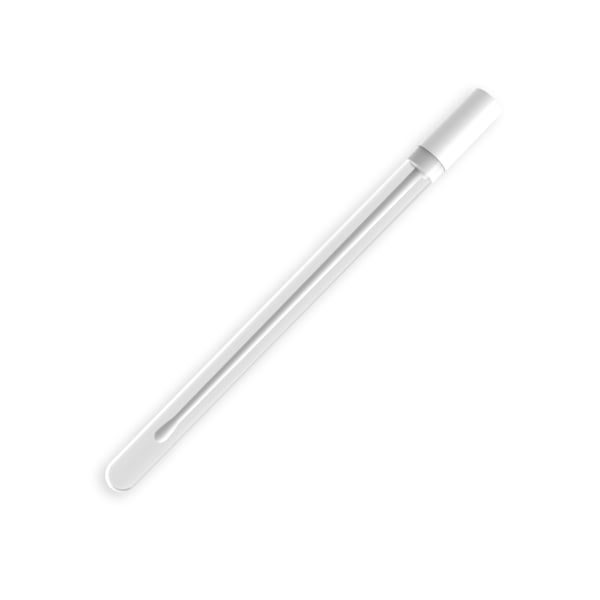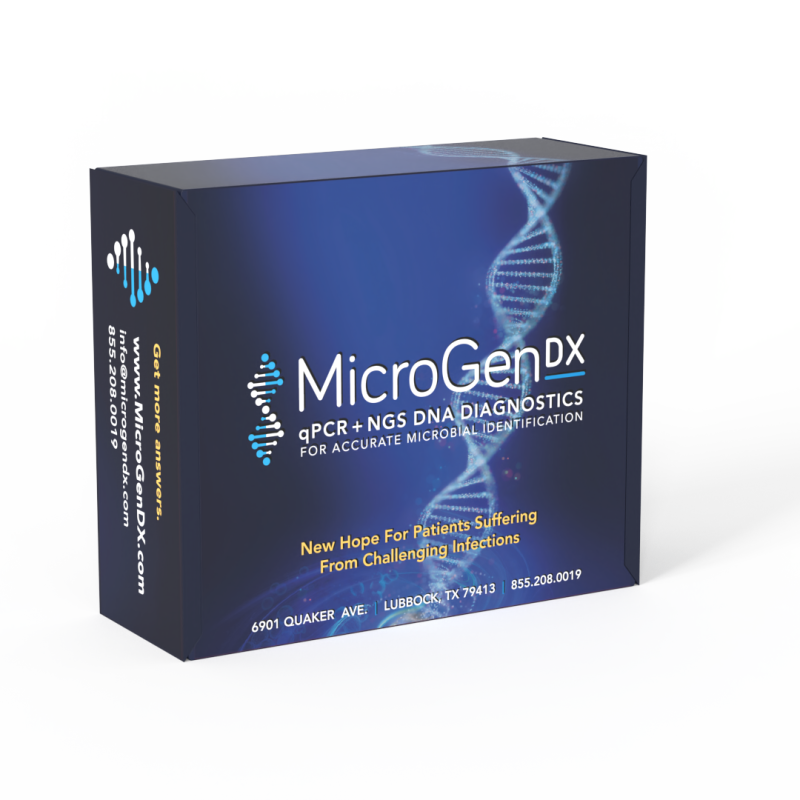WoundKey Wound Test Service
$249.00 – $264.00
- Infections this can help detect
- Symptoms
- Medical Specialties
- Collections Instructions
- To Utilize Telemedicine Sign-Off
- Purchase Disclaimers
- Reviews 0
Infections this can help detect
Symptoms
- Wound that wont close
- Smelling wound
- Growing wound
- Wound Seepage
- wound separation
Medical Specialties
- Woundcare specialists
Collections Instructions
To Utilize Telemedicine Sign-Off
- Select a qualifying self-pay product
- Do check the Telemedicine box “+$10 Physician Fee” box
- Complete purchase and checkout
- Create your Patient Results Portal account
- Receive collection kit
- Take sample following instructions included in the box
- Ship sample via FedEX back to MicroGenDX
- View results via the Patient Results Portal
- Contact the email sent to you for further consultation (instructions to do this will be sent via email)
Purchase Disclaimers
- Sample should be shipped out to the lab within 24 hours of collection. If you are unable to ship out the sample within 24 hours, be sure to place in a refrigerator.
- Samples that have not been submitted, cannot be refunded after 90 days.
- We DO NOT offer refunds on shipping fees or lab services.
- Samples originating from New York patients, or providers, will NOT receive antibiotic recommendations.
- The organisms identified in the lab report may or may not be associated with infection. Please consult your treating physician for further details.
- Avoid direct contact with antimicrobials during sample collection process.
You must be logged in to post a review.
When a wound stops healing, or heals very slowly, it may be due to an infection in the wound bed. This non-healing wound often becomes a chronic wound and will struggle to close if the infection is not treated. While this occurs, the wound can smell or start to form pus. This may happen on any wound, even one caused by surgery (aka wound dehiscence) or a diabetic foot ulcer. If left untreated a wound can even penetrate down to the bone and risk Osteomyelitis, or bone infection. Failure in wound healing is not always caused by wound infection but testing can be used to determine if, and which, microbes (bacteria and fungi) are causing failure.
Traditional laboratory cultures, which attempt grow the microbes from your urine sample in a lab, often fail to identify the bacteria or fungi that make up your infection. MicroGenDX combines two advanced technologies to test your urine sample instead. One is called “next-generation sequencing” (NGS), which uses a database of over 60,000 bacteria and fungi to identify all of the microbes in your nail sample with 99% accuracy in just 24 hours from sample receipt. The other is called qualitative polymerase chain reaction (qPCR), which can more quickly identify common microbes causing prostatitis or epididymitis in just 24 hours.
A chronic wound can be a sore or cut that doesn’t heal normally. It could be the result of several things, including traumatic injury, poor circulation, increased bacteria count, abnormal cells, or improper treatment. A wound is generally considered chronic if it’s shown no serious progress toward healing after 30 to 40 days. In fact, some chronic wounds can take years or decades to heal. Read More
Chronic Leg Ulcers
A leg ulcer is an open wound or sore on the skin of the leg, usually below the knee. It is considered a chronic or non-healing wound if it does not show signs of healing after three months of treatment or is not completely healed after 12 months. In severe cases, the ulcer never heals.
There are different types of chronic leg ulcers. The most common, which occur in almost 80% of all patients with chronic leg ulcers, are venous ulcers, which are caused when the valves in the veins in your legs don’t work correctly. Damage to these valves allows blood that should flow upward to your heart to leak backward. This in turn raises the blood pressure in your veins, which can cause several problems, including chronic leg ulcers. Read More
A diabetic foot ulcer (DFU) is a chronic wound that is a common complication among patients who have diabetes mellitus that is not well controlled. It is usually the result of poor glycemic control, underlying neuropathy, peripheral vascular disease, or poor foot care. It is also a common cause of osteomyelitis of the foot – infection and inflammation of the bones of the foot – and can result in amputation. These ulcers are typically located on the bottom of the foot, usually in an area that experiences repetitive trauma and pressure. Read More
Osteomyelitis is a bone infection that usually is caused by bacteria or fungi. The bugs can reach the bone from an infection somewhere else in the body – for example, a pressure sore – by traveling through the bloodstream or from an infection that spreads from nearby tissue. Infections can also start in the bone itself after an injury. Read More
Wound dehiscence is sometimes called wound breakdown, wound disruption, or wound separation. It happens when a cut made by a surgeon separates at the edges and the wound reopens. Like other types of poor wound healing, the causes of this separation include infection, increased pressure on the abdomen (for example, from heavy lifting or a severe cough), diabetes, poor diet, smoking, and obesity. Specific factors that can put you at risk for dehiscence include wound infection, vitamin deficiency, cancer, and steroid use. Read More






Reviews
There are no reviews yet.